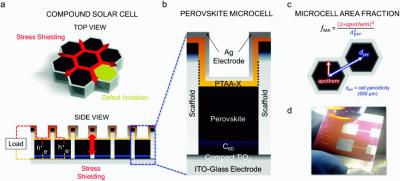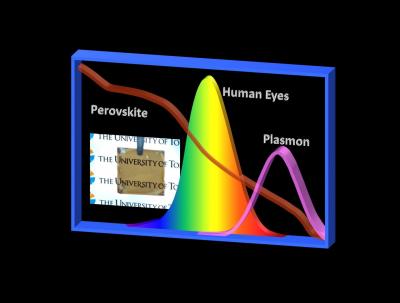Stanford team used the structure of insect eyes to improve stability of perovskite materials
Stanford University researchers have drawn inspiration from flies' eyes to tackle perovskite materials' stability (namely mechanical stability) challenges. The team created honeycomb shielded perovskite cells that got nearly the same power-conversion efficiencies compared to a standard photovoltaic cell, and held onto relatively high rates of efficiency after stress testing with extreme temperature (185F) and relative humidity over a six-week period.

The team set out to test the concept of a reinforced scaffold to solve the mechanical instability of perovskites. Using photolithographic methods, they were able to construct a hexagonal scaffold just 500 microns wide out of a durable polymer. Within this, they built the perovskite cells.


